Pastel Pencils are perfect for various styles, from loose drawings to finer details or linear drawings. It's all in the way you hold your pencil, combined with the way you sharpen and maintain it!

|
| Pastel Pencil Set |
How to Hold Pastel Pencils
Make sure you hold your pencil at the very end for loose drawings. Then wave it like a magic wand, touching the paper with a soft touch and using your whole arm to move the pencil.
For finer details, such as eyes and brows on a figure or portrait, make sure the point is sharp, then hold your pencil the same way you usually would if you were writing something down. This will provide more control.

|
Tip: When working in pastel, ensure you have a mahl stick or an extra sheet of paper underneath your hand to keep from smudging the drawing or existing marks on your paper.
How to Sharpened Your Pastel Pencils
Use a sharp pocket knife, razor blade, or X-acto knife to remove the Wood, exposing at least one inch of pigment. From now on, you must pay attention to the pressure to not break the tip. You will also need to ensure the pencil has an excellent round conical shape, as shown.

|
| Remove the Wood from the pencil with a Sharp Knife, then Smooth it with Sandpaper. |
Tip: Place several sheets of paper underneath the surface you are working on to cushion the pencil's impact.
Create a Flat Tone in Pastel
Smoothing or removing the texture of any hatching creates a nice, even flat tone. Lay down some hatching with the pencil, then use a Q-tip, finger, or cotton stump to smooth the pigment into the paper.

|
Tip: For larger areas, wear nitrate or surgical gloves and rub the pigment into the paper with the palm of your hand. Also, note that pastel dulls when blended, crushing the pigment further.
Blending Pastels
Blending results from mixing one hue or color family with a different hue or color family. They combine together to create a new color. Lay down one color on top of another, then rub them together using a Q-Tip, stump, or burnishing tool.

|
Tip: The pencils' degree of softness (dustiness) makes them easier to blend. If you love to blend, you should look for softer pastel pencils. Conté pastels are harder than soft pastels, but their pencils are softer than most other brands.
Tinting Pastels
A tint is any color mixed with white. Pastel tints are similar to blending. However, you combine white with a single tone to lighten the value. You may also sketch lightly, allowing the paper's white to show through.

|
Tip: Use a clean Q-Tip so you do not contaminate the color.
Shading with Pastels
A shade is any color mixed with black. Shading is similar to blending; however, you combine black to darken the value.

|
Tip: A little black goes a long way, so you must practice the pressure when adding in the black.
Broken Color with Pastel
Broken color or optical blending refers to a painting technique 'invented' by the Impressionists. In this technique, one color is laid down, and another is layered over it. No blending occurs; the colors are mixed optically by the viewer. This technique can also unify an image if the strokes are similar.

|
Tip: This is an advanced skill and takes some pre-planning. Otherwise, you may end up just blending the colors together.
Scoring Pastels
Scoring is the act of creating a line or depression on a piece of paper, affecting the marks made over it. For example, using a paperclip to score the paper, we can put down thin lines, and then when a flat tone is layered over, the original paper shows through without any pigment.

|
Tip: Any tool, such as a knitting needle or embossing tool, can be used.
Combining Frottage with Pastel
Frottage is a technique where making tones on paper over an uneven surface creates designs and marks that may or may not be organic. The marks may be left or used as a basis for further refinement.

|
Tip: You will create a frottage from the surface you are drawing on top of. If this is not the desired effect, ensure extra sheets of paper underneath the surface you are working on.
Creating a Pastel Wash
A wash is a technique where isopropyl alcohol is applied with a slightly wet brush. The alcohol dissolves the binder in the pigment and turns it into a wash. When dry, the pastel is permanently bonded to the paper. Brushstrokes may be left visible or blended to flat tones.

|
Tip: Use a Hake brush for backgrounds or flat tones.
Some examples use the same subject matter but different techniques in some smaller studies.

|
| Blending & Smoothing |

|
| Using an Isopropyl Alcohol Wash |

|
| Broken Color |
There are only a few techniques listed here. If you allow yourself to experiment, you will discover many more!
| Sponsored by the Art Verve Academy. Enroll in studio art classes for adults in Tucson, Arizona, at ArtVerveAcademy.com. |


